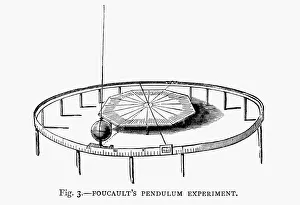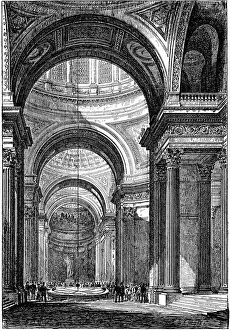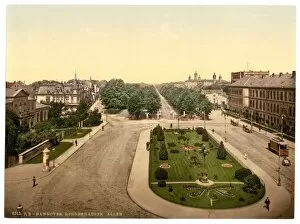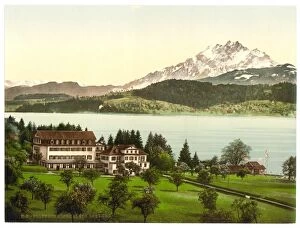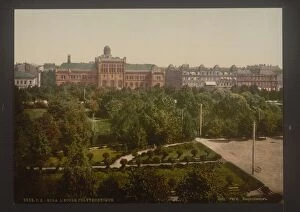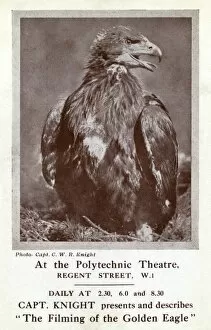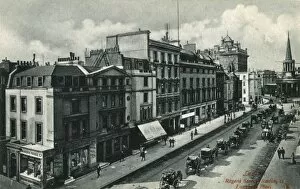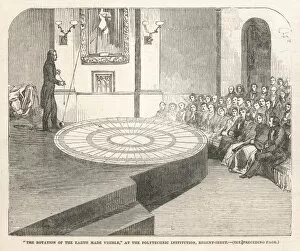Polytechnic Collection (page 3)
Polytechnic, a term that encompasses a rich tapestry of history and innovation
All Professionally Made to Order for Quick Shipping
Polytechnic, a term that encompasses a rich tapestry of history and innovation. From the iconic Coventry Polytechnic Building on 1st April 1989 to the captivating Balloon and parachute lecture by Charles Green, it is evident that polytechnics have played a pivotal role in shaping our world. One cannot discuss polytechnics without mentioning Quintin Hogg, an English merchant and philanthropist who believed in providing practical education for all. His vision paved the way for institutions like Poland's Warsaw Institute, empowering countless individuals with skills that would transform their lives. Traveling back in time, we stumble upon a poster from circa 1913 advertising Polytechnic Swiss Tours - offering a week in lovely Lucerne. This glimpse into the past reminds us of how these institutions not only nurtured minds but also fostered cultural exploration. Delving further into history, we encounter a woodwork classroom at Acland County Council School in Kentish Town, London dating back to 1906. Here, boys continued their education under the guidance of skilled instructors – an embodiment of polytechnics' commitment to hands-on learning. Across continents lies Worcester, Massachusetts; its four views showcasing how polytechnics transcend borders. These images remind us that knowledge knows no boundaries and can flourish anywhere it finds fertile ground. The Death of Polytechnician Vaneau takes us even deeper into history – July 29th, 1830 – as depicted by Georges Moreau de Tours. It serves as a poignant reminder of the sacrifices made by those who pursued knowledge fearlessly despite adversity. The Revolution of 1830 brings forth another tale from Ecole Polytechnique: students seizing cannons during the capture of Palais-Royal on July 28th. Jean-Pierre-Marie Jazet's print immortalizes this momentous event when young minds became catalysts for change.




